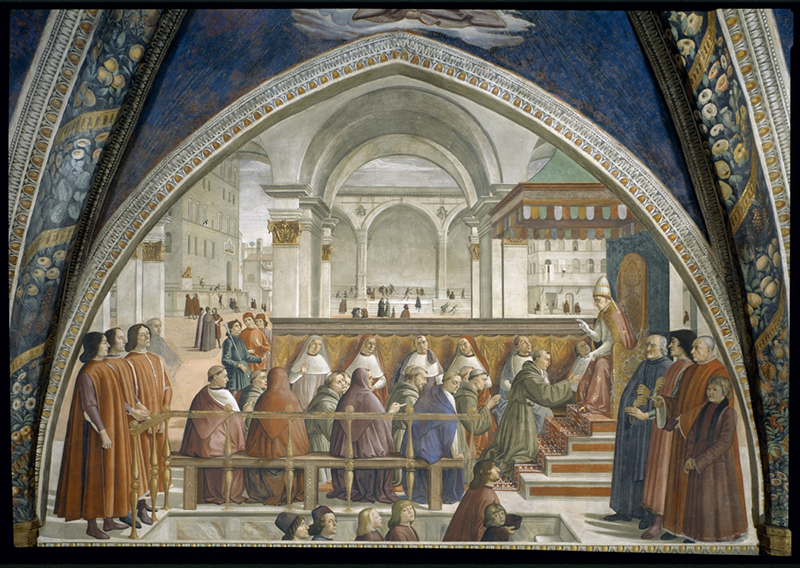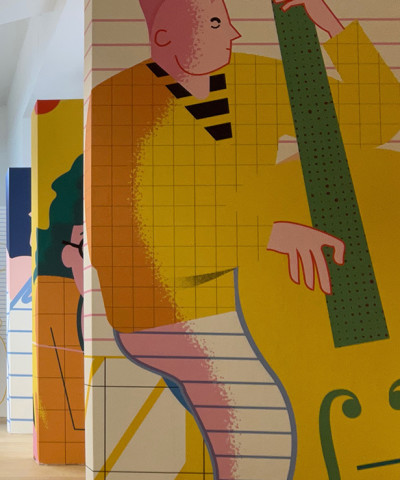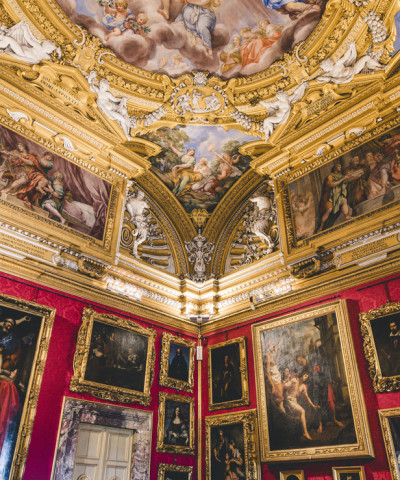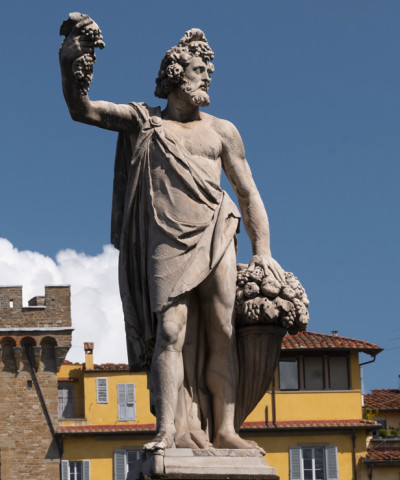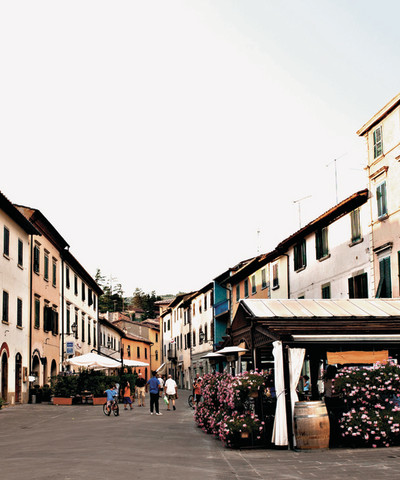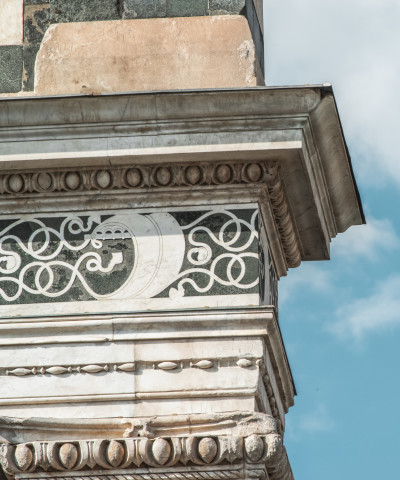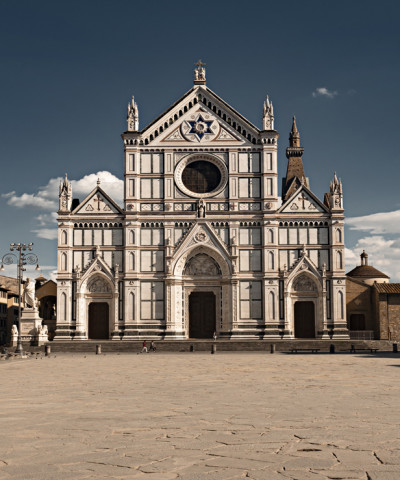The most beautiful chapels of Florence
Brancacci Chapel, Sassetti Chapel, Strozzi Chapel: three hidden treasures in the heart of Florence
Florence’s churches are home to important treasure chests of the glorious past that represent a peculiarity of Tuscan and Florentine art: the private chapels belonging to wealthy merchants, bankers and noble Florentines who commissioned the leading artists of their time to decorate them. It is thanks to these adornments that we can catch a glimpse of the complex web between religion, power, commerce, culture and art.
Among the countless private chapels in Florence perhaps the most distinctive is what Vasari called the “School of the World”: the Brancacci Chapel (1424-28), one of the highest examples of painting of all time, whose Renaissance style has been studied by numerous artists. Located inside the church of Santa Maria del Carmine, it is a product of the collaboration between Masaccio and Masolino da Panicale, although Filippino Lippi also loaned a hand. Felice Brancacci, an affluent silk merchant and influential politician, commissioned Masolino’s workshop to decorate the chapel with a fresco, a cycle of the salvation of mankind from original sin thanks to the intervention of Pietro, the Brancacci family’s patron. The work began in 1424. His assistant Masaccio took over direction of the work after Masolino left for Hungary (1 September, 1425). Subsequently, the work was suspended when Masaccio left for Rome. The fresco was completed fifty years later (1480) by Filippino Lippi. The painting cycle, split into twelve scenes, offers some of the best-known imagery in the history of western art, including: the Temptation of Adam and Eve by Masolino, the Expulsion from the Garden of Eden by Masaccio (which marks the shift from Gothic to Renaissance art), Masaccio’s The Tribute Money, the first monumental Renaissance scene and a source of inspiration for artists, even Michelangelo.
In the church of Santa Trinita we find the Sassetti Chapel, decorated with an important fresco cycle by Domenico Del Ghirlandaio: Stories of St. Francis of Assisi (1482-85). Considered to be Del Ghirlandaio’s masterpiece, the frescoes are among the most significant by the cultured, elegant humanist, an antiquarian of the Laurentian era. The paintings brim with symbols and allusions, as well as invaluable looks at leading figures and the period. Francesco Sassetti commissioned the cycle, a rich financier and the trusted right-hand man of the Medici family. The innermost part of the chapel examines the life of St. Francis (Renunciation of Worldly Goods, Miracle of the Stigmata, Confirmation of the Franciscan Rule, Resurrection of the Boy, Test of Fire in Front of the Sultan and Death of St. Francis), while the outer decorations feature the Sibyls on the vault, the reliefs on the sarcophagi and the monochromatic details around the tombs can be connected to the cultural climate of the neoplatonic Academy and the political situation in Florence, which was enjoying a new golden age thanks to Lorenzo the Magnificent. The chapel also holds a large collection of portraits of the Florentine society of the time, immortalized by Dal Ghirlandaio in the various figures in the scenes. The centre of the chapel is adorned with an extraordinary altarpiece, dedicated to the Adoration of the Shepherds and dated 1485, which sublimely blends classical and archaeological references with echoes of nature so common in Nordic painting, which arrived in the city with Hugo van der Goes’ Portinari Triptych.
We finish our tour at the basilica of Santa Maria Novella, where we find the chapel of Filippo Strozzi, decorated with frescoes by Filippino Lippi and sculptures by Benedetto da Maiano. Filippo Strozzi the Elder commissioned Filippino Lippi to paint the chapel on 21 April 1487 for 350 golden florins; the completion date was set as the end of 1488. However, the patron died in 1491 without seeing the finished work (which was completed in 1502) following the artist’s Roman sojourn. Lippi’s time in Rome can be viewed in the sumptuous “archaeological” architecture of the chapel’s decorations, which displays the Stories of St. Philip on the right-hand wall and the Stories of John the Apostle on the left. Behind the altar there’s the tomb of Filippo Strozzi, carved by Benedetto da Maiano (1491-95), which appears as an arcosolium, with a Madonna and Child in a tondo held up by four angels.






